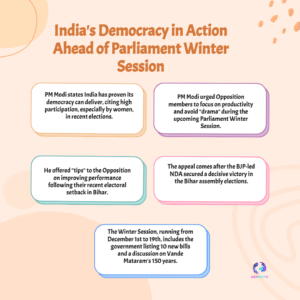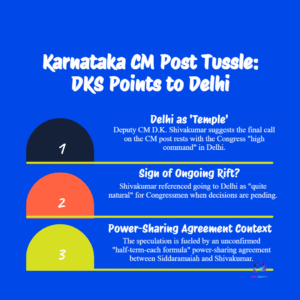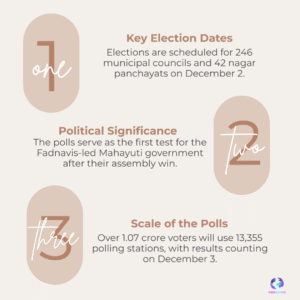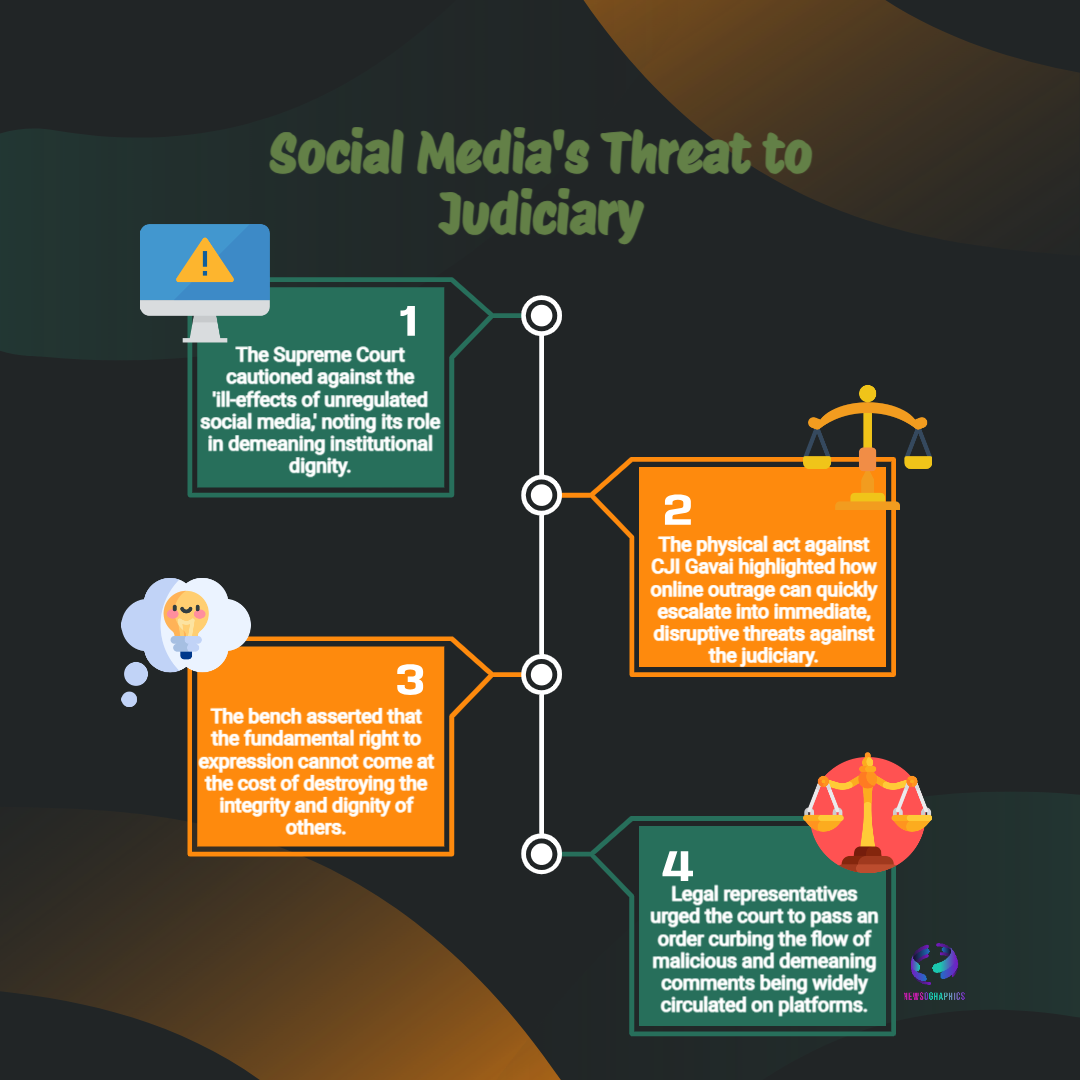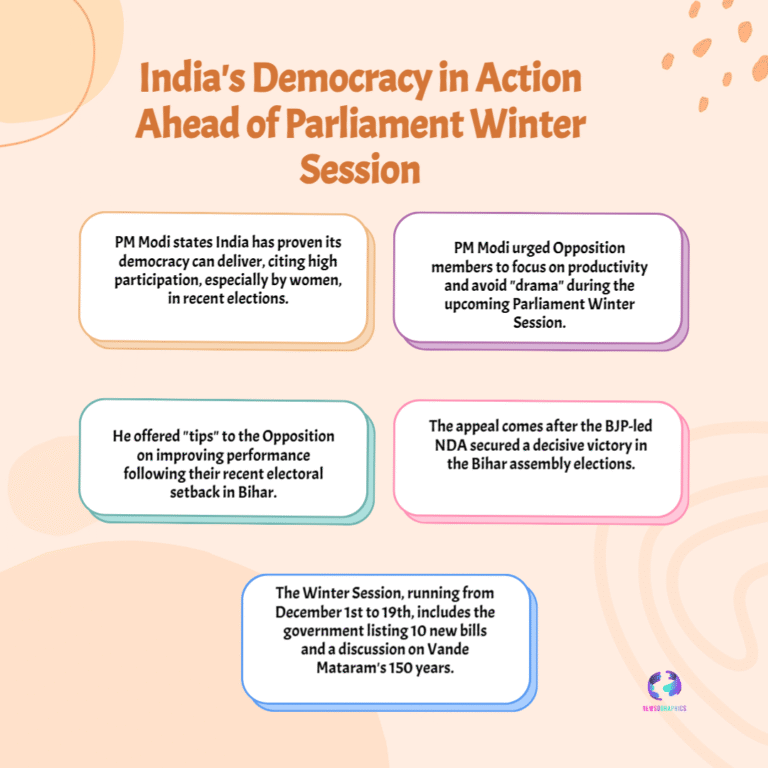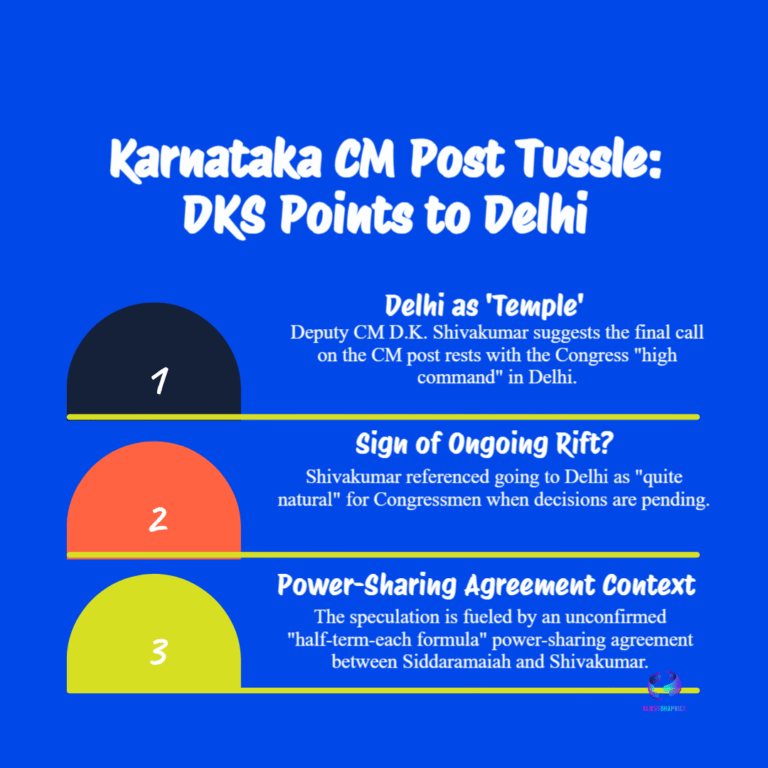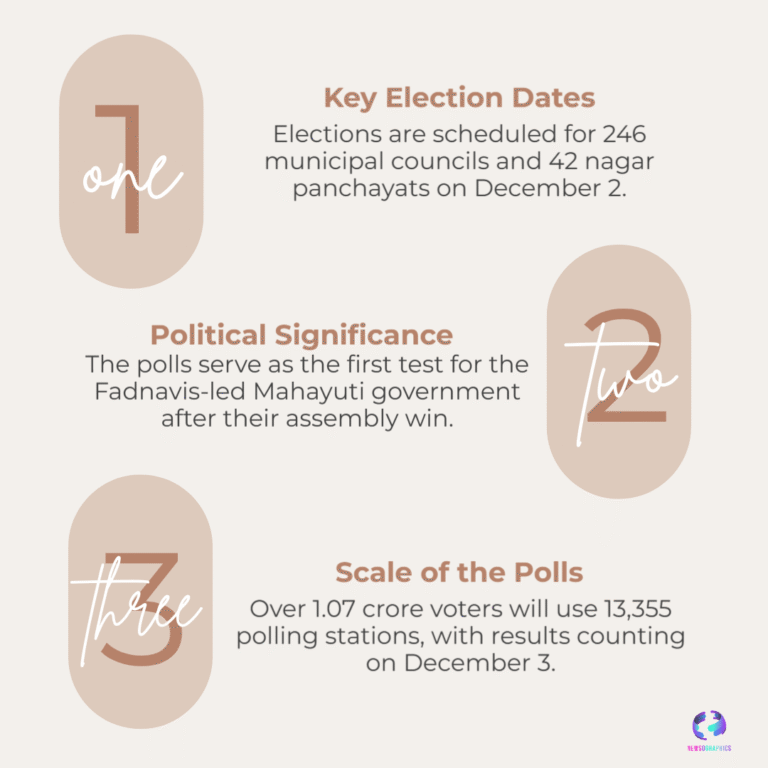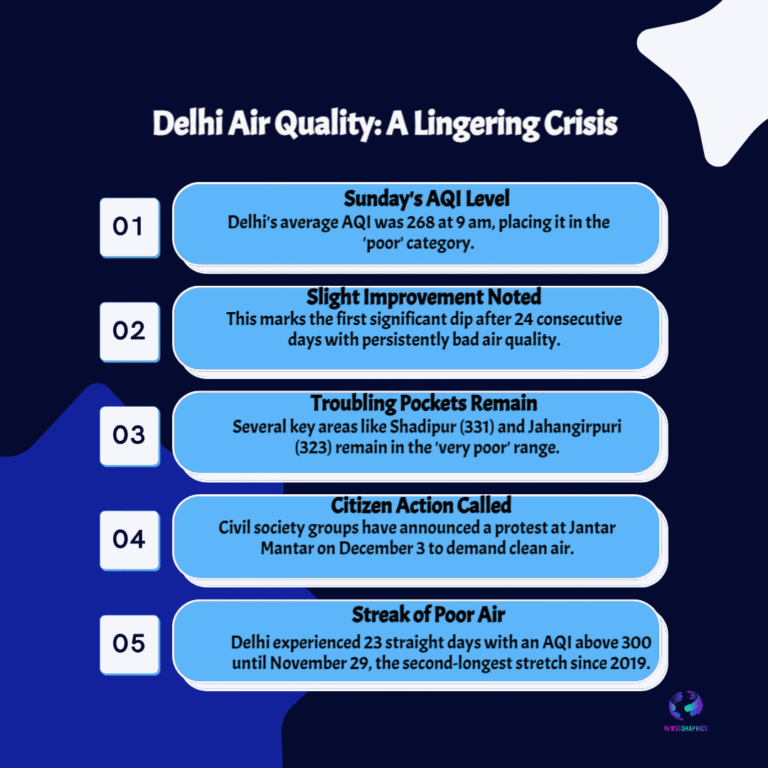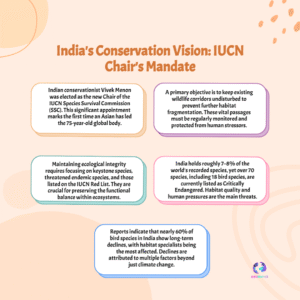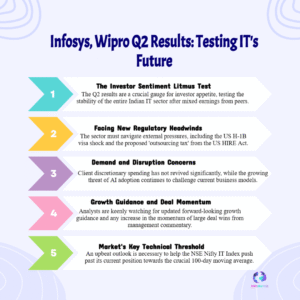A septuagenarian lawyer hurled a shoe at CJI Bhushan R. Gavai on Oct 6, 2025. Supreme Court warns about ill-effects of unregulated social media as Solicitor General okays contempt proceedings against advocate Rakesh Kishore. Read full 600-word analysis on security, legal fallout and social media risks.
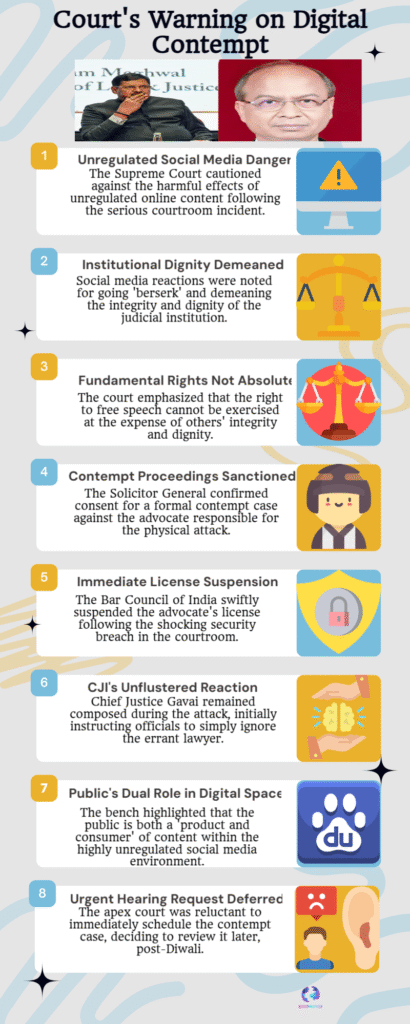
A startling security breach in the Supreme Court on October 6, 2025 — when a septuagenarian advocate hurled a shoe at Chief Justice of India Bhushan R. Gavai during court proceedings — has triggered legal, administrative and public-policy reactions, culminating in the apex court’s warning about the dangers of unregulated social media. The episode, widely shared online, has focused attention on courtroom security, professional discipline and how social platforms shape public outrage.
The lawyer at the centre of the controversy, Rakesh Kishore, attempted to throw the shoe in open court; Chief Justice Gavai appeared unhurt and asked court officials and security personnel to “just ignore” the act, advising calm in the courtroom. The incident prompted immediate action by legal authorities: the Bar Council of India suspended Kishore’s licence with immediate effect, and senior advocates and law-officers moved the apex court to initiate contempt proceedings. Solicitor General Tushar Mehta and Supreme Court Bar Association chief Vikas Singh urged the bench to act, and the attorney general indicated consent for contempt action against the accused.
A two-judge bench (Justices Surya Kant and Joymalya Bagchi) heard requests related to the matter and took a cautious view. While the court expressed concern about the “unregulated” nature of social media and the torrent of demeaning comments that followed the attack, the bench declined to urgently list the contempt petition, saying it would wait a short while — noting, in a moment of wry realism, to “see if some saleable points are still left after a week.”
Voices across the legal fraternity framed the episode as twofold: a security lapse in a high court setting and a cautionary tale about online amplification. Vikas Singh described social media as having “gone berserk,” with content that demeaned the court and risked undermining public confidence in judicial institutions. Solicitor General Mehta and others sought interim restraint so that commentary did not prejudice legal processes or inflame public sentiment.
Beyond the immediate legal steps, the episode raises operational questions. How did an individual gain proximity to the bench with an object? What changes are required to courtroom security protocols, visitor screening and the presence of accredited media? The incident is likely to trigger fresh reviews of security in court complexes nationwide, including searches, restricted zones near the bench and clearer rules for public access during hearings.
There are reputational and disciplinary consequences too. The Bar Council’s swift suspension signals a strict line on professional conduct; the contempt route — if pursued — could result in censure, fines or other sanctions for the accused if established. For the judiciary, the episode is a reminder that institutional authority depends not only on law but on public trust; unchecked online vitriol can corrode that trust even as the physical safety of judges is a separate but connected concern.

